

After breakfast we directed our steps toward the birth-place of Payne a
modest unpretending house, nestling under the shadow of the Academy building,
where his father, we were told, was once a tutor. How many touching associations
crowd upon us as we remember the many weary hearts whose thought and aspiration
have found expression through the singer who first saw the light in this
out-of-the-way nook, and whose fate it was to die away from home and kindred
in a foreign land!
|
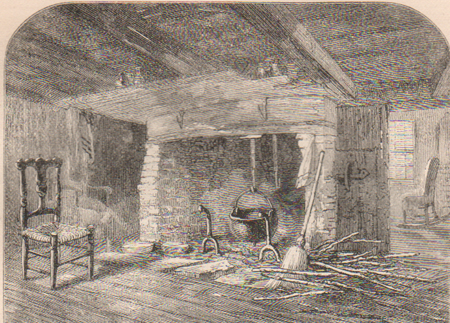
|
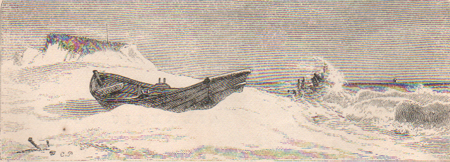
|

|
|
"The
sunlight glitters keen and hrlght,
Where, miles away,
Lies
stretching to my dazzled sight
A
luminous belt, a misty light,
And wastes of sandy gray."
|
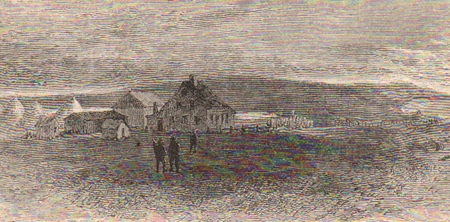
|
After dinner we continued our walk, following the coast till sundown; then on over the downs, through time deepening twilight into the gloaming, the music of the everlasting and monotonous roar of the sea sounding in our ears, until we reached Mr. Osborne's, near the beach, after dark. Soon we were comfortably seated in his cozy parlor, chatting with time family like old friends. An examination of the "register" revealed a very different record from the books of this kind usually found in hotels. Here we have a description of a successful day's sport - ducks, wild-geese, snipe. On another page regrets it leaving such home-like quarters. |
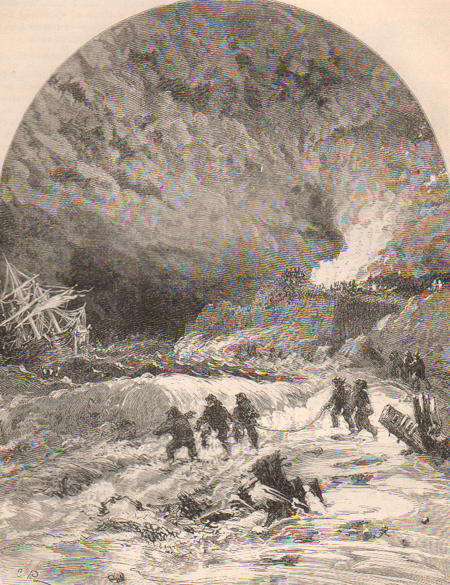 |
|
"Where
surge after surge would leap enorm,
Cliffs
of emerald topped with snow,
That
lifted am! lifted, and then let go
A
great white avalanche of thunder,"
|
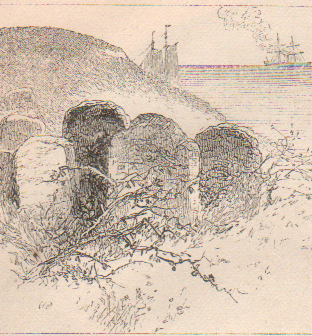
|

|
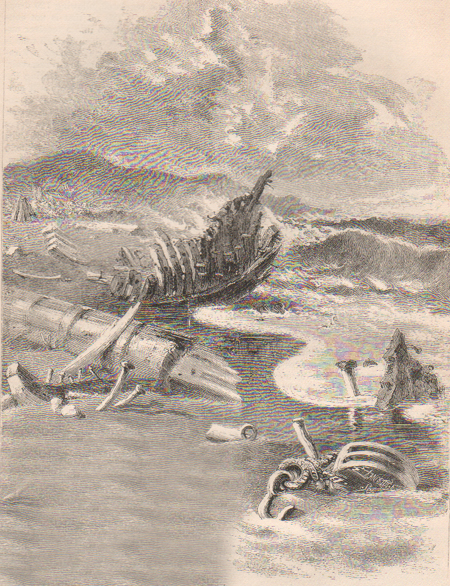 |
|
We
walked beside the sea,
After
a day which perished silently
Of
its own glory.
"For
though we never spoke
Of
the gray water and the shaded rock,
Dark
wave and stone, unconsciously, were fused
Into
the plaintive speaking that we used
Of
absent friendss and memories unforsook;
And,
had we seen each other's face, we had
Seen,
haply, each was sad."
|
|
"Steadfast,
serene, immovable, the same
Year after year, through all the silent night,
Burns
on for evermore that quenchless flame,
Shines on that inextinguishable light
|
 |
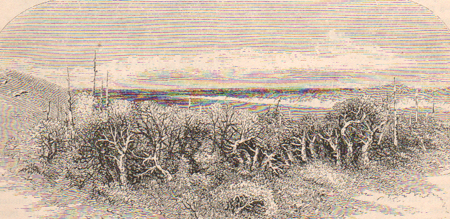 |
Early the next morning we were sketching the sunrise, but the fishermen were up before us, trolling for blue-fish. We had arranged to have a team sent to take us off, and by eight o'clock we started homeward, the road leading over and around the knolls, at times following the beaten path, at others over the unbroken sod. To the left we caught a glimpse of the sea and the curved column of smoke on the distant horizon. Then we descended down into a deep dell, by the dry bed of a former pool, now covered with the dead leaves of the pond-lily. Rising again, to the north of us lies Gardiner's Island and the distant Connecticut shore, and still further eastward, in the faint blue distance, Rhode Island, and off due east from the Point, Block Island. The sky and water are an intense bhime, while the sand spits and points on the northerly side look like golden beaches in the morning light. Now and then we pass clumps of scrub-growth clad in russet and gold. |
| The mark of Wianambone, |
|
| The mark of Sachem Aqua, |
|
| The mark of Zuquabone, |
|
| The mark of Shobanow, |
|
| The mark of Massaquit, |
|
| The mark of Yombo, |
|
| A further bond, made by Wyandanah and Sassakatako, sachems of Montauket, 1687 with the consent of the Montauket Indians, conveyed to the trustees of the freeholders of ye town of East Hampton "all the tract of laud at Moutauket, from sea to sea." And the trustees, for themselves and the freeholders, engaged that the Indiatis "have leave to plant what corn soever they have occasion for to plant from time to time, where they see cause, themselves and their heirs forever, upon the land as purchased of them by us." The two hundred descendants of the original purchasers are waiting for the time when the tribe will be extinct, and there shall be no lien upon the land, The Indians are said to be idle and worthless, except their king and queen, who are industrious, quiet citizens. The king, David Pharaoh, was that day attending court at Riverhead; therefore we concluded it would not pay to visit them. |
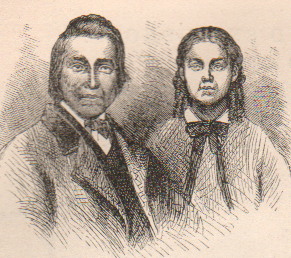 |